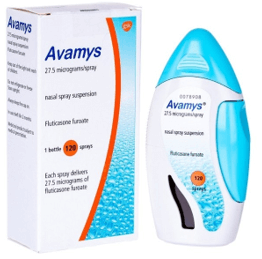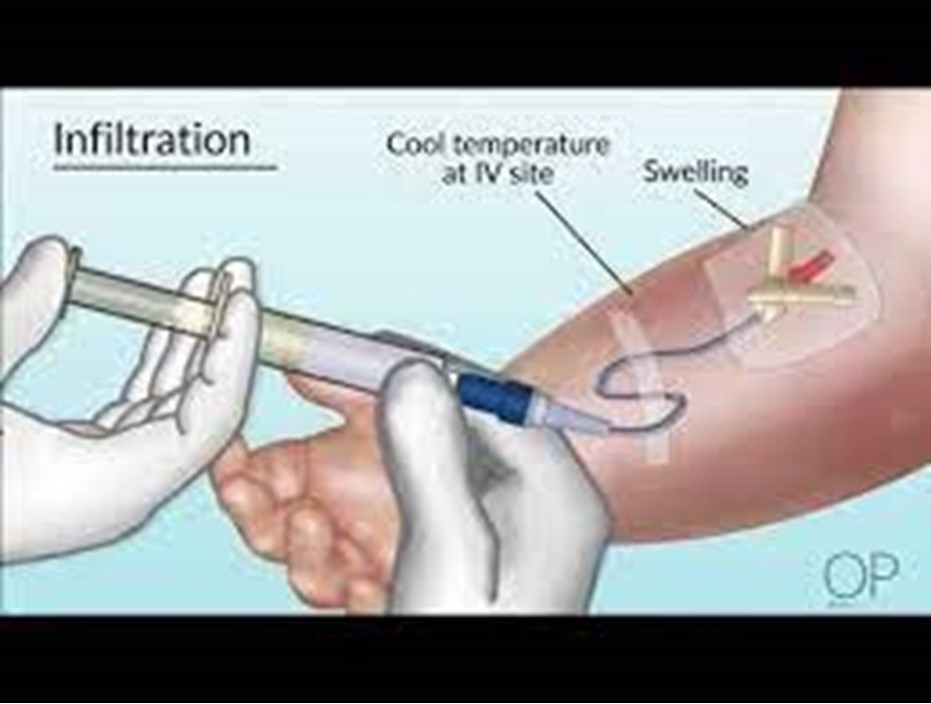The practical nurse (PN) is caring for a client with a new prescription for fluticasone furoate nasal spray, a glucocorticoid prescribed for the client's nasal allergy symptoms.
In reinforcing instructions about self-administration of the nasal spray, the PN should emphasize the need for the client to take which action before self-administration?
Exhale through the mouth.
Gently blow the nose.
Check glucose level before and after administration.
Deep breathe and cough.
The Correct Answer is B
This is the action that the PN should emphasize for the client to take before self-administration of the nasal spray because it clears the nasal passages of mucus and debris and allows for better absorption of the medication. The PN should also instruct the client to shake the botle well, tilt the head slightly forward, insert the nozzle into one nostril, close the other nostril with a finger, and press the pump while inhaling gently.

Nursing Test Bank
Naxlex Comprehensive Predictor Exams
Related Questions
Correct Answer is C
Explanation
The correct answer is choice C - IV infusion site is infiltrated. Choice A rationale:
The client reports feeling nauseous. While this symptom should be monitored, it is not the most crucial finding to report for a client in Addison's crisis. Nausea can be a common symptom during various medical conditions and may not warrant immediate action.
Choice B rationale:
Has not voided in four hours. While monitoring urine output is important, it may not be the most critical finding in Addison's crisis. Other symptoms like electrolyte imbalances and
circulatory collapse is more concerning in this scenario.
Choice C rationale:

IV infusion site is infiltrated. In Addison's crisis, the client's condition may be precarious, and any complications with IV therapy could worsen the situation. It is essential to report this finding promptly to prevent further complications.
Choice D rationale:
A serum glucose level of 85 mg/dL. While monitoring glucose levels is essential in many situations, a glucose level of 85 mg/dL is within the reference range, which means it is not the most critical finding in Addison's crisis.
Correct Answer is D
Explanation
The correct answer is
Choice D rationale:
The practical nurse (PN) should review the client's risk factors for exercise intolerance that impact his quality of life. By doing so, the PN can assess the client's overall health and identify any potential issues that might contribute to his fatigue. This response shows the PN's concern for the client's well-being and is focused on exploring the root cause of his tiredness.
Choice A rationale:
Determining if the client can move to a residential home without lawn maintenance is not appropriate in response to his complaint about feeling tired. This option does not address the underlying issue and assumes the client is unable to care for his own lawn, which may not be the case.
Choice B rationale:
Recommending that the client retires from doing outdoor chores is also not appropriate. It assumes the client's fatigue is solely due to his age and disregards the possibility of other contributing factors that might be addressed.
Choice C rationale:
Advising the client that fatigue is a common characteristic of aging is not a comprehensive response. While fatigue can be related to aging, it is crucial to explore the specific reasons for the client's tiredness before assuming it is solely age-related.
Whether you are a student looking to ace your exams or a practicing nurse seeking to enhance your expertise , our nursing education contents will empower you with the confidence and competence to make a difference in the lives of patients and become a respected leader in the healthcare field.
Visit Naxlex, invest in your future and unlock endless possibilities with our unparalleled nursing education contents today
Report Wrong Answer on the Current Question
Do you disagree with the answer? If yes, what is your expected answer? Explain.
Kindly be descriptive with the issue you are facing.
